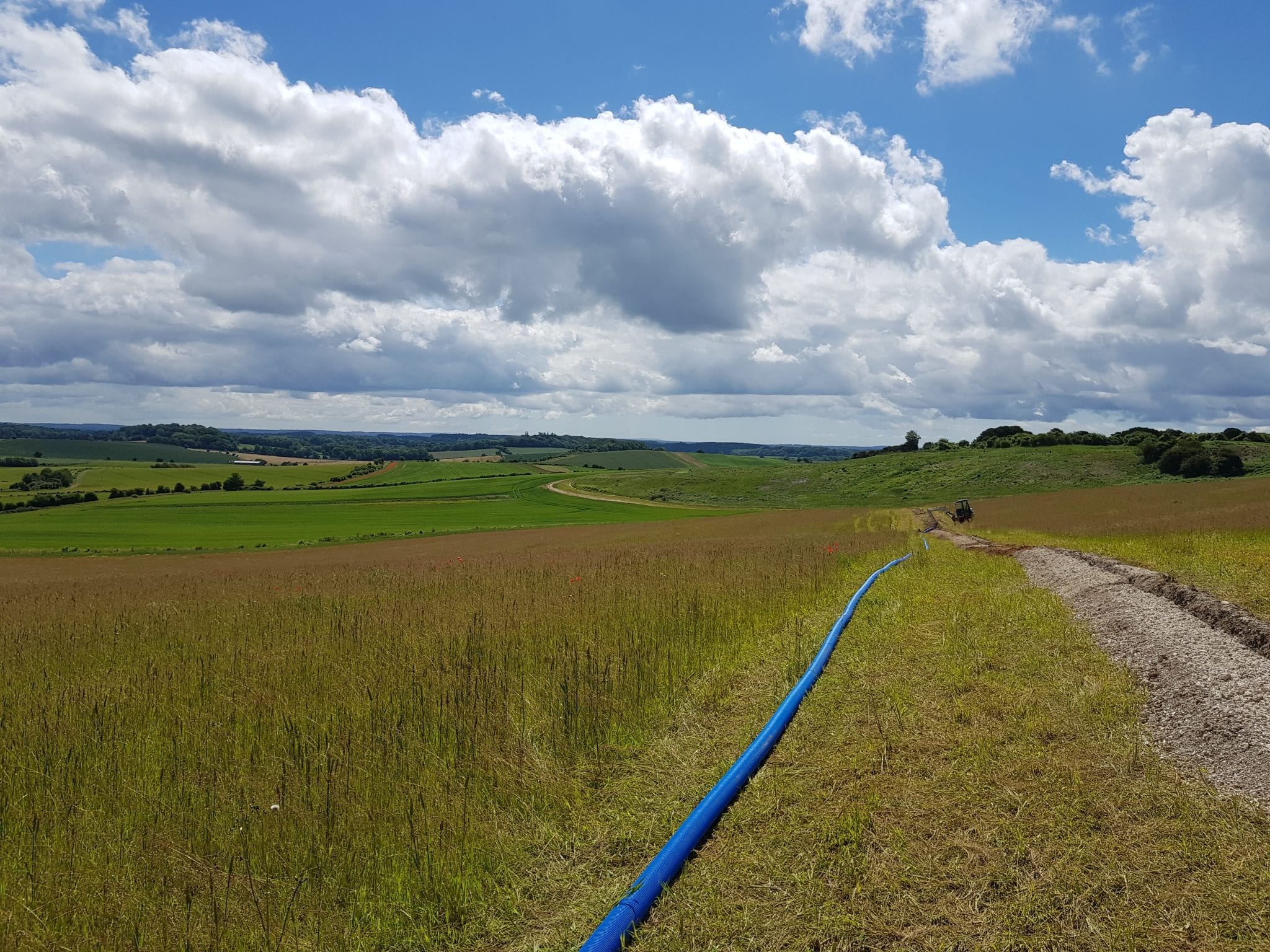How Long Will My Pipes Last?
I am always asked by my customers how long the new water pipes we have just installed will last. I’d love to give them a simple answer, but the truth is it’s very hard to say. Here’s why…
The Science – How Bursts & Leaks Occur
All of the materials used in the manufacture of water distribution networks are prone to degradation over time. The mechanisms by which degradation occur are material specific and are strongly influenced by the environment in which the pipe operates during its period in service. Such degradation can lead to both leakage and burst events depending on the material and type of loading.
The length of time that the water industry has existed, together with its localised nature and differences in a number of key variables, inevitably means that there is a wide spread of materials in use, each with multiple ways in which they degrade.
Bursts and leakage are a result of a confluence of issues arising from three separate causes:
- Materials
- Pipe Structure
- Network
The main causes of bursts and leakage in pipe networks are the three D’s
1. Defects
These generally occur in the manufacturing processes
2.Damage
May occur during manufacture, storage, installation, or by third parties during the lifetime of the pipes.
3.Deterioration
The rate of deterioration and its impact on pipe condition relate mainly to the particular material, ground conditions and the chemistry of the water inside the pipes.
Defects, damage and deterioration affect the ability of pipes to withstand the loadings applied, both external ground and traffic loadings, and internal water pressure. The probability of failure increases with loading (e.g. over-pressurisation or surge) and with the extent of defects, damage and deterioration and the actual mechanisms of failure – which are different for each pipe material.
Some leaks grow and develop over time due to the defects, damage, or deterioration of the structure of the pipe, e.g. resulting ‘holes’ through the pipe wall. The size of holes tends to increase over time, due to factors such as further deterioration of the pipe material, erosion due to the water flowing through the holes, and/or increases in stress in the material adjacent to the holes, and combinations of all three.
Other types of leaks are associated with joints, gaskets, fittings, or ferrules etc. and again these may be different for each material, for example ferrules may be directly drilled and tapped into some pipe materials, but may be installed in the form of ‘saddles’ for others.
The deterioration for each material tends to be specific to that material and is generally a function of the pipe environment (e.g. ground conditions) and the nature of the material itself, both in terms of its predisposition to corrosion and the nature and quality of any protective coatings.
Predicting Lifespan
It was not until the 1980s, with the introduction of polyethylene, that properly installed pipes can be considered to have very long life expectancies of 40-60 years. The popular image of the near-immortal plastic bag haunting the countryside and landfills for millennia gives rise to the incorrect assumption that plastics in all their forms must be resistant to degradation. The situation is more complex than this but, briefly, longevity of the form should not be interpreted as consistency of performance.
That said, all pipe networks that rely on joints are inherently prone to leakage at some point during their operational life
Research has shown that installation methods, particularly for ‘plastic’ pipes can be the main causes of leaks, especially at joints and fittings. Also, even slight damage, such as ‘scoring’ or damage resulting in small cracks or micro-cracks can create defects which may then result in ‘slow crack growth’ over a number of years, until the crack is large enough for brittle fracture to occur. Again, each material is different in terms of pre-disposition to deterioration due to damage during installation.
Research also shows that pressure can have a significant impact on deterioration and burst frequency, particularly where surge pressures or transients are involved which may be appreciably higher than normal service pressures. As described above, the probability that a pipe may fail is related to its strength / condition / deterioration and the applied loadings, of which internal pressure is often the main constituent. The relationship between pressure and probability of failure again varies with pipe material.
Another factor to consider is weather and climate. Changes in soil moisture and the shrinkage/swelling of clays arising from this lead to ground movement which can damage pipes and joints. The annual range of water temperature between summer and winter conditions also results in ‘winter events’, i.e. large numbers of ‘weakened’ pipes failing during a brief two or three-week period, often in January or February. Long hot summers can also result in increased water demand, e.g. for garden watering, with the possibility that in some areas of networks, pressures may become increased, with consequent increase in loading and risk of failure.
Conclusion
Unfortunately, all this means that even if you can accurately calculate the life expectancy of the pipe material there is no way of predicting when the network will fail.
The variables are simply too diverse to offer any form of predictability on lifespan, and so the only things we can conclude are:
- All water distribution systems are in a state of deterioration from the day of installation
- All water networks will eventually leak
- Water distribution systems should be regarded as temporary, not permanent
While this may seem like bad news to the manager in charge of the system there is actually plenty to be gained through due consideration of the risk factors.
By spending time considering material, age, environment, jointing methods, pressure and usage it is possible to come up with some ranges of lifespan and risk of failure which a diligent manager would use to allocate suitable budgets to repair and eventually replace the system completely.
So, even without being able to say categorically how long the pipe will last, you will be comfortable in the knowledge that you are prepared for its eventual failure.






